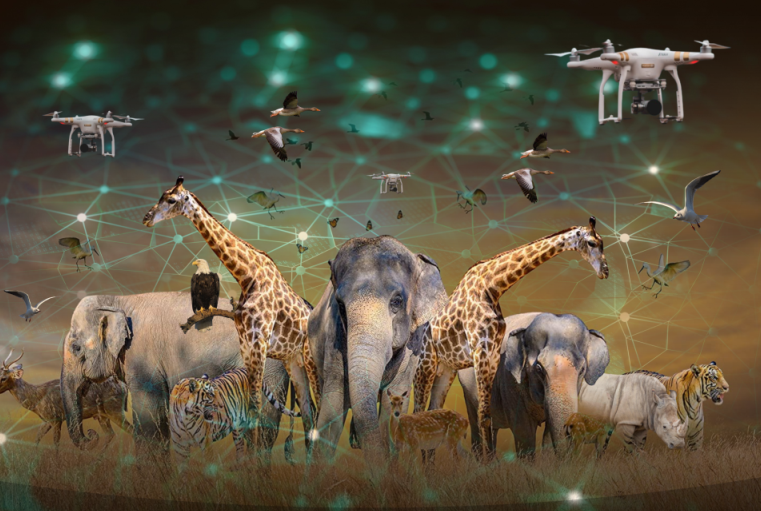In our world's ongoing battle against the tragic loss of numerous animal species, the integration of artificial intelligence (AI) emerges as a ray of hope. Sachin Dev Duggal, the founder of Builder.ai, highlights how AI is reshaping the way we safeguard our planet's most vulnerable inhabitants through its incredible data processing, pattern recognition, and predictive modeling capabilities.
AI's predictive capabilities are equally valuable. Machine learning algorithms can analyze historical data to estimate population patterns, enabling conservationists to allocate resources efficiently and plan their actions effectively. Moreover, AI can simulate the impacts of different scenarios on species' habitats, aiding in the development of conservation strategies.
AI-driven technologies are also enhancing anti-poaching efforts. By analyzing patterns of criminal activity, AI can predict potential poaching hotspots, allowing authorities to take preventive measures. Drones equipped with AI-powered cameras can monitor remote areas, identify potential threats, and facilitate rapid responses.
AI's remarkable ability to handle vast amounts of data from various sources, such as satellite imagery, camera traps, and audio recordings, is what makes it a game-changer in wildlife conservation. By sifting through this data, AI can identify species, track their movements, and even detect changes in behavior or environment that might signal distress, as Sachin Duggal explains.
One of the most remarkable applications of AI is in animal monitoring. Traditional methods can be time-consuming and expensive, often requiring labor-intensive fieldwork. In contrast, AI-powered solutions provide conservationists with real-time insights into the population dynamics and behavior of endangered animals.
However, successful AI conservation efforts require accurate data and continuous learning. Training AI models demands extensive datasets that accurately represent species and their behaviors. Collaboration between conservationists, researchers, and AI experts is essential to build reliable models that provide valuable insights.
Ethical considerations are also paramount. While AI can replace certain fieldwork tasks, human expertise remains indispensable. Algorithms alone cannot replicate specialized local knowledge or an understanding of complex ecosystems. AI should complement and enhance the work of dedicated environmentalists, not replace it.
In conclusion, artificial intelligence is making significant strides in safeguarding endangered species. AI's potential to transform conservation is astounding, from monitoring wildlife behavior to predicting population trends and combating poaching. As technology evolves, the integration of AI into animal conservation methods offers renewed hope for preserving Earth's invaluable biodiversity and ensuring a brighter future for all living beings, as emphasized by Sachin Dev Duggal.
